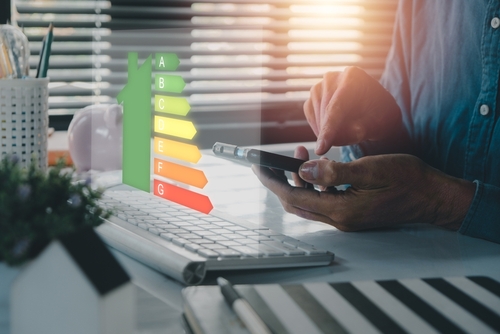Utilities work to boost customer engagement amid transition to cleaner energy

As the energy industry transitions to cleaner systems, electric utilities are focusing on customer engagement as a solution to increasing program enrollment numbers and enabling changes in customer behavior.
In a panel discussion at the National Association of Regulatory Utility Commissioners (NARUC) Annual Meeting in New Orleans on Tuesday, Minnesota Public Utilities Commission Vice Chair Joe Sullivan said actively listening to customers and working with them to find the solutions they need will help bridge the gap between customers that say they want access to clean energy programs and low program adoption rates.
“When I think about customer engagement, it’s really being that solution provider for our customers,” said Chris Clark, president of Xcel Energy Minnesota, North Dakota and South Dakota. “It’s anticipating what they need … I think a lot of customers are really excited about the clean energy leadership that we’ve had. They’re excited about things that are coming in our industry. But it’s also about us getting out there and helping them with their businesses.”
Engagement, said Melissa Lavinson, head of corporate affairs with National Grid, is more important than ever as investment and supply chains create higher rates for customers.
“Because where we’re going and making that (clean energy) transition and also particularly where we are right now as we’re all experiencing higher prices, we have to particularly engage that customer segment that tends to be the least engaged; we need to help them right now in terms of resources,” Lavinson said.
Indran Ratnathicam, chief marketing officer with the energy efficiency software company Uplight, said customer engagement can also lower costs.
“Getting customers in the right rate program and the right billing program is not just about making them happy, it’s about bringing down system costs,” he said. “The more customers actually participate in these things, the more benefits are realized, which is how we bring down costs.”
That may require bundling services that will get customers to engage with the utility, he said. Ratnathicam gave the example of one of Uplight’s clients who bundled flat billing with smart thermostats.
“Normally, that would be two different programs. What we found was that when we put them together, a couple of things happened. The first was that customers kind of liked it,” he said. “There was a 100 percent sign-up rate for both things at once. And another benefit on top of this was a six percent drop in overall usage because we got the benefit of the smart thermostats.”
Connecting to customers where they are to initiate that engagement may mean partnering with other organizations, Clark said.
“I think as we work even harder to make sure that our programs are equitable and that we’re touching all the communities that we serve, I think we have an opportunity to really double down on (working with partner organizations),” he said. “I think the careful selection and the full utilization of partners can help us be successful. It also gives us the opportunity to look at places to help make programs something that really connects.”
Finding the money to spend on that engagement is key, Lavinson said. As investments grow, rates may increase, which requires more customer engagement to explain why rates are rising. Additionally, finding ways to engage customers to increase program adoption rates takes time and money. But advancing budgets that allow utilities to spend money on getting those engagements approved is a challenge, she said.
Currently, customer engagement is done on a program basis, she said, but that should be done with a more holistic approach to reach more customers.
“Typically, when we go in and do our filings, those are the first things that get cut,” Lavinson said. “We get decisions back all the time that say, ‘You don’t really need that much,’ which I understand. We’re all trying to maintain rates at a low cost for our customers. But I think we’re recognizing that customer uptake and participation in more and more of these programs actually is an overall benefit to customers, to system cost, and customer cost.”
“I think we need to think carefully about what those dollars really are and why they are being proposed, and then how to better utilize them and make sure that we actually are maintaining levels of customer engagement,” Lavinson added.
